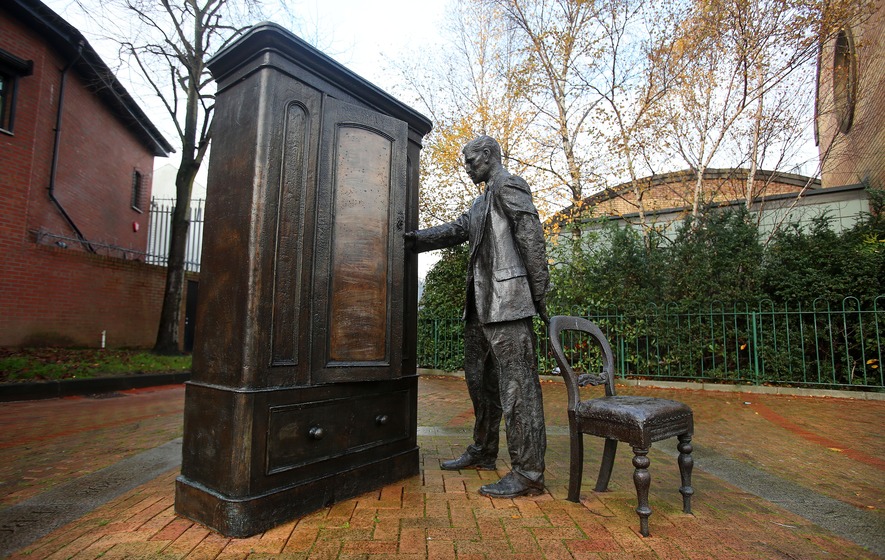 Faith & Science
Faith & Science
Science, Scientism, and Magic

Editor’s note: Phillip E. Johnson, Berkeley law professor and author of Darwin on Trial and other books, died on November 2. Reproduced below, his Foreword to John West’s collection, The Magician’s Twin: C.S. Lewis on Science, Scientism, and Society, was among his last writings.
C.S. Lewis’s many admirers will be eager to read this collection of articles, collected and edited by Discovery Institute’s John West, concerning Lewis’s views of science, which he respected, and scientism, against which he warned. The book contains a timely and well-reasoned chapter about Lewis and intelligent design, which seems to have replaced creationism as the alternative most feared and reviled by Darwinists. Another chapter describes the subtle interconnection between That Hideous Strength (my favorite Lewis novel) and his much admired philosophical work, The Abolition of Man.
Separated at Birth
As West notes in Chapter 1, C.S. Lewis remarked that “[t]he serious magical endeavour and the serious scientific endeavour are twins” — an image that gives this book its title. Lewis meant that modern science and magic have a common starting point in history, arising from efforts to understand and manipulate nature, and they have retained important and perhaps unexpected similarities down to the present. His point makes me think of what scientific studies of identical twins, separated at birth and raised apart, have shown. Such studies consistently demonstrate that, aside from physical resemblance, when the twins first meet each other decades later, they display striking similarities in matters so unexpected and detailed that they seem eerie. It is as if the studies were aimed at proving that, despite all we have learned about the stars since 1600, astrology may nonetheless still have an impressive power of prediction.
Darwin, Marx, and Freud
Of course, the twin studies support genetics, not astrology, but what they teach us about identical twins raised apart makes it unsurprising that the scientific culture of the 19th and early 20th century produced three great wizards — Charles Darwin, Karl Marx, and Sigmund Freud — whose concepts were so spellbinding that they set the intellectual agenda for the entire 20th century. In many ways, they still hold us in their grasp.
I would add to the list of scientific magicians the “DNA is everything” biologists, including the brilliant popularizer Richard Dawkins and the physicalist neuroscientists who assure us that our thoughts and decisions (including the conclusions of neuroscientists?) are no more than the effects of electro-chemical events in the brain. These have sought to make science indistinguishable from scientism, and thus have inadvertently alerted us to the continuing importance of C.S. Lewis’s exposure of the irrationality of scientism.
Overall, this collection charms the reader, not because Lewis has necessarily said the final word on every subject covered, but because his perceptive words illuminate every subject and inspire discussion in which participants can employ their own intellects to move ever closer to the truth.
